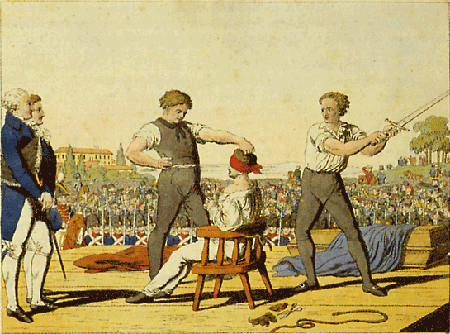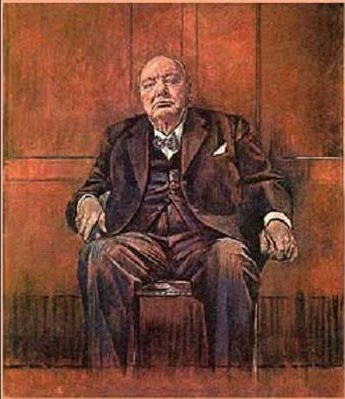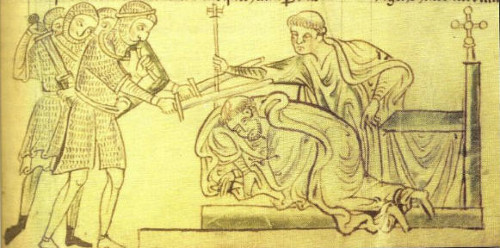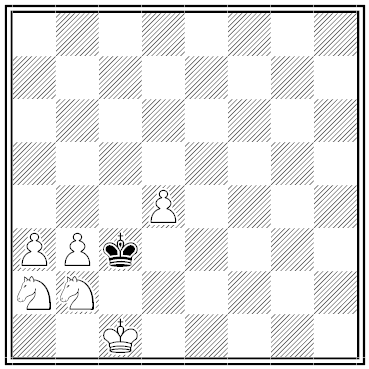
New York architect Edwin Koch had a brainstorm in 1939 — he proposed a teardrop-shaped “hurricane house” that could rotate like a weather vane. “This amazing dwelling would revolve automatically to face into the oncoming storm, meeting it like the wing of an airplane and passing it smoothly around its curving sides toward its pointed tip,” explained Popular Science.
Electricity would enter through one of the circular tracks on which the house turned, and water and sewage pipes would be connected via swivel joints at the axis of rotation.
Koch had planned the house for hurricane zones, but the swiveling feature could prove useful in any climate: “Merely by selecting the desired push button on a central control board, the entire house may be rotated to face rooms toward or away from the sun or to point bedroom windows toward a cooling breeze.”




